This post is mainly of interest to dentists and shows the use of Fibre Reinforced Composite (Crown and Bridge fibres, from Stick Tech) to re-enforce a surgery made temporary bridge in a rather challenging case.
The upper left central and lateral incisors were hopelessly mobile and, in the case of the UL1, likely to exfoliate in the impression. The bite is not ideal and leaves us with logistical problems associated with both provisional and definitive restorative options. The loss of UL1&UL2 was deemed inevitable and replacement with dentures, bridges and implant retained crowns were considered. The upper right central incisor (UR1) is restored with a cast crown and shows no signs of apical pathology and gives some positive response to vitality testing. The upper left canine (UL3) is unrestored, with normal apical pathology and good bone support. The option of a denture was considered but the bite leaves no room for palatal extension meaning that a re-organisation of the bite would be needed first. The patient was very keen to avoid a denture. A conventional bridge extending from UR1-UL3 was considered but this represents a high biological cost to UL3. A definitive FRC bridge mimicking the design of the provisional was considered as well and whilst this would not be expected to be as strong as the conventional approach it would be much more tooth kind to UL3 and represents a reasonable alternative. The extensive bone loss associated with UL1 in particular meant that immediate implants were out of the question and ridge augmentation using Bio-Oss and Bio-Guide was needed to give support to the area once the teeth were removed.
Because of the ridge augmentation there needed to be an extended period of healing which meant that the provisional bridge needs to last for many months. Conventional, surgery made bridges of this size can be overly weak and the bonding to the UL3 with unsupported temporary bridge material would be a concern. By using the fibre reinforcement we can strengthen the bridge over its entire span and can, most importantly give much-needed strength to the veneer portion on UL3. This technique is not without its challenges however and the rather disappointing (on photograph at least) aesthetic results owes a lot to the difficulty experienced in reseating the pre-operative impression over the fibre shown in slide 2. This is my first attempt at this technique and at a second attempt I would not use a rigid putty impression in a tray but favour either alginate in a tray (not great for longer term remakes) or remove the putty from the tray to allow greater flexibility in the seating. It is also tricky to avoid bonding the fibre in place if any composite cores are used, as was the case on UR1. It certainly makes sense, where possible, to seat the fibre and tack bond in place to unetched and unbonded teeth to allow for easy removal of the provisional bridge with no chance of the dreaded inadvertent “bonding” accident that can leave you with a very fixed “temporary” bridge.
I would certainly use this technique again and would recommend it as a way of providing longer span, provisional bridges that need to be in place for months not weeks.
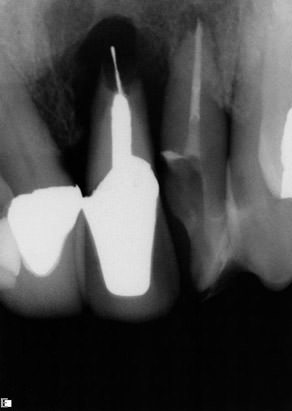
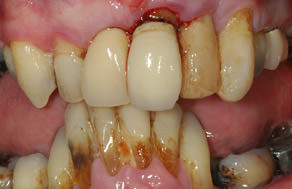
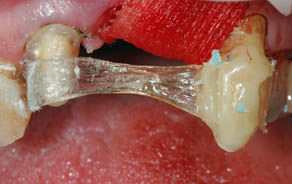
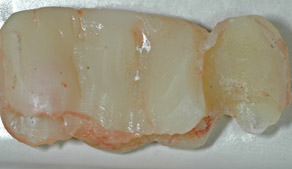
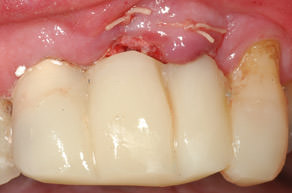
If any dentists want to learn more about any fibre reinforced composite techniques please do not hesitate to contact the surgery on 01580 752202 or email me at info@stonerock.co.uk and I will try to help in anyway I can.